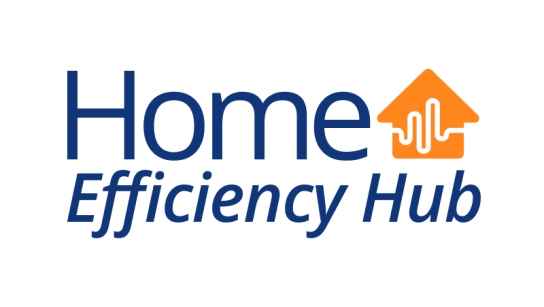What is Insulation and How Does it Work?
Just over half of homes only meet insulation standards from the 1970s or earlier, highlighting the urgent need for energy efficiency updates in ageing homes, according to a new study of 21 million homes.
Why should I insulate my home?
It's a common misconception that once we insulate our homes, there is no need to update it. However, to ensure that your home is as energy-efficient as possible and you save money on your energy bills, it is important to consider updating your insulation to meet current building regulations. Despite the decrease in energy prices, energy bills are still, on average, 56% higher than pre-energy crisis levels. One of the most effective ways to reduce household bills is by improving energy efficiency through insulation measures.
We're on a mission to help our customers become more energy-efficient and save money. A new study of over 21 million homes revealed that millions still only meet insulation standards of 1976 or earlier, potentially costing their owners hundreds of pounds in wasted energy.
What does our latest study tell us?
-
Over 13.9 million homes in England and Wales (55%) only meet insulation standards set in 1976 or earlier. This leads to heat loss due to inadequate wall cavity insulation, lack of double glazing, insufficient loft insulation, and poor floor insulation, all of which are now mandatory as per current building regulations
-
The average ‘Insulation Age’ of homes across the countries is at least 48 years old, according to the study(1)
-
Energy efficiency measures offer the biggest opportunity to cut household bills, yet despite the energy crisis, only one-fifth (19%) of households have updated their insulation measures in the past two years
What are the benefits of insulating my home?
- Get ready for winter and help save - It may seem odd to think about winter already, but it's important to know that energy prices are still unpredictable. It's always better to be prepared and consider this. Improving your insulation measures offers the biggest opportunity to cut your energy bills. Insulating your loft could save up to £370 a year in a gas-heated, detached home or up to £225 in a gas-heated semi-detached property based on current energy prices(2)
- Stop wasting heat - If your loft insulation is inefficient, a quarter of your home heat escapes through the roof
- Energy-efficient homes- It sounds obvious, but installing better insulation could help you increase your home's EPC rating, which adds value to your property and makes it easier to sell. According to data analysed by the BBC, nearly two-thirds of UK homes fail to meet long-term energy efficiency targets. More than 12 million homes fall below the C grade on Energy Performance Certificates (EPCs) graded from A-G Find your current EPC rating
- Quick to install - Loft or attic insulation is easy to install and causes minimal disruption to your home
- Maintenance-free - It's maintenance-free once installed
Find the insulation age of homes in your area
What areas are best to insulate?
Floors, lofts, pipes, windows and walls are the main areas where hot air will escape and cold air can come in.
There are many simple yet effective ways to insulate your home, which can significantly reduce the amount of heat you waste whilst lowering your heating bills.
Explore how this can be done in every part of your house below.
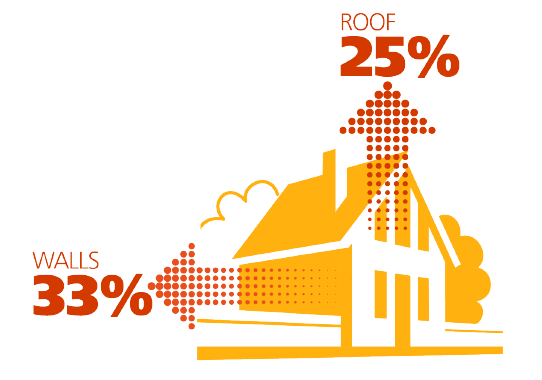
Roof and loft insulation
Installing loft insulation is as simple as unrolling a rug. A mineral fibre material is laid between the joists and then over the joists in your loft or roof. This thick material captures heat normally lost through the roof and stops draughts getting in.
If you already have loft insulation, you could still benefit from a top-up. If your insulation is 100mm or less, you can increase it to the recommended level of 270mm.
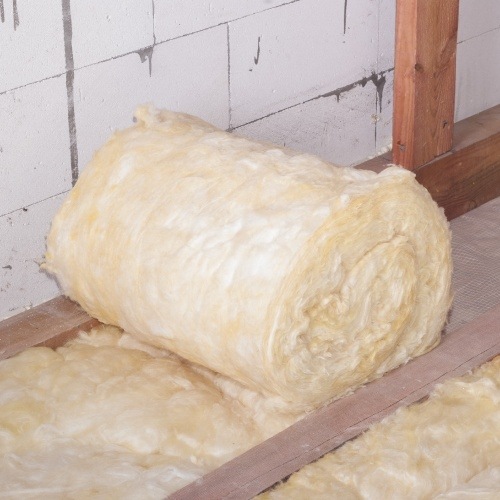
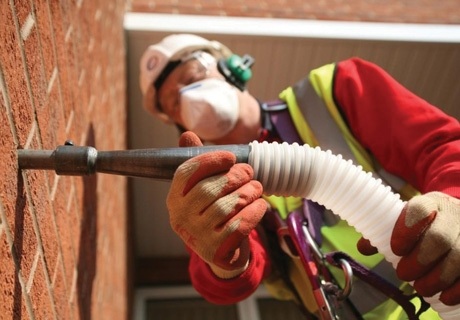
Cavity wall insulation
To start we need to find out if your home is suitable for cavity wall insulation. To assess this we drill small holes in your outside walls. If it's suitable for your property, the cavity between the inner and outer walls is then filled with insulating material. The holes in the brickwork are then filled in again. The installation process takes just a few hours and should come with a Cavity Insulation Guarantee Agency (CIGA) guarantee.
Floor insulation
According to the Energy Saving Trust, a semi-detached house could save £75 a year on heating costs if you have well-insulated floors.(4)
You can insulate your floors either by laying down new insulation or by sealing draughts and gaps. You can use a sealant from a hardware store to seal up gaps but if you need proper underfloor insulation, first you need to work out what kind of floor you have.
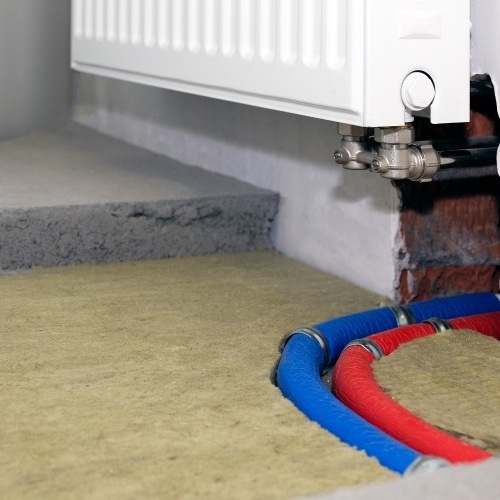
Solid wall insulation
Solid wall insulation keeps older homes warmer for longer. This can transform the look of your property and stop heat loss – it's like wrapping a huge blanket around your home. Solid wall installation normally takes between 2-4 weeks and can be done with very little disruption because no interior work is needed.
Pipe insulation
Pipe insulation is when you cover your pipes with foam tubes or a reflective wrapping. It's a great idea to insulate any exposed pipes leading from your tank to your boiler to keep the heat in.
Foam covers keep your pipes snug – and therefore they lose less heat. You can get different shapes and sizes from any hardware shop and they're usually a cheap option for keeping that extra bit of heat in.
Pipe insulation types
-
Pipe wrap: this is a foam usually that fits onto your pipes with a slit so you can easily put it on. Sometimes this has a reflective silver outer layer which is an added layer to keep the heat in.
-
Pipe lagging: this is a fabric alternative for your pipe insulation, made of very thick material and is usually more expensive than the foam option.
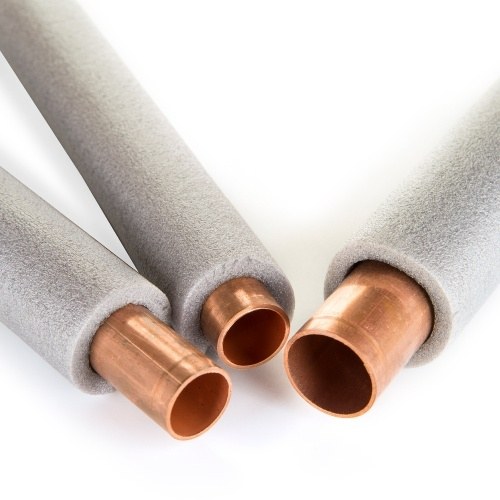
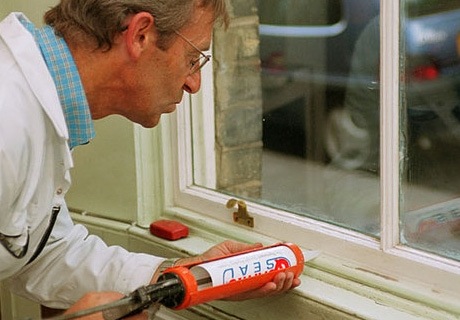
Draught-proofing
Draft insulation is an inexpensive and efficient way to keep your home temperature comfortable all year round. It helps save energy and money by stopping heat from escaping your home. You can use different types of draft excluders to block gaps and prevent cold air from entering and warm air from escaping. However, it's important you don't block any intentionally placed ventilation points, such as extractor fans, grilles, or wall vents.
Insulating water tanks
Improve the insulation of water tanks and pipes to reduce heat loss and save money on bills. Insulate behind radiators to keep hot water hotter for longer. Insulate your hot water cylinder with an 80mm thick jacket to save around £20 per year. Slip pipe insulation around exposed hot water pipes to keep water hotter for longer. Engage a professional if pipes are hard to reach.
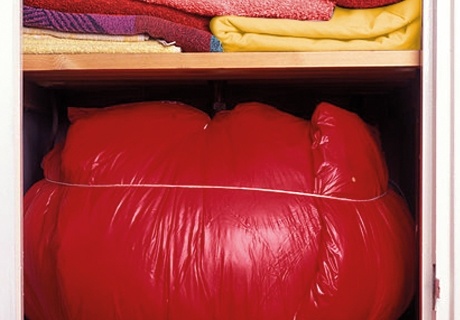
Helping customers who need help with costs
Our Energy Company Obligation Scheme and Great British Insulation Scheme offer eligible customers the opportunity to upgrade their home's insulation either as a package of measures through ECO or upgrade their cavity wall insulation through our GBIS offer. We work with a network of qualified installers across the UK, and we've enhanced the energy efficiency of nearly 25,000 homes since 2022.
We are also playing a leading role in the government's Great British Insulation Scheme (GBIS), having installed over 50% of measures across all suppliers as part of the scheme.
What are the current schemes available?
The Energy Company Obligation Scheme (ECO)
The Energy Company Obligation (ECO) Scheme was set up in April 2013. The scheme aims to help eligible customers make their homes more energy-efficient by installing free energy-saving measures and heating improvements. This helps customers keep their homes warm and keep their energy bills down.
The new ECO4 scheme will run between April 2022 and March 2026. Eligible EDF customers can access a range of energy efficiency improvements that will help them improve their homes' EPC ratings to a C or above. To increase your home's energy efficiency, implementing a package of improvements is necessary instead of just one. Our trusted installers will recommend specific improvements based on a survey of your home to ensure they will help increase your EPC rating.
See if you're eligible for ECO
The Great British Insulation Scheme
The Great British Insulation Scheme (GBIS) has been designed to work alongside the current ECO scheme, which is known as ECO4. The scheme aims to help install energy-efficient measures that can reduce your energy consumption and save you money on your energy bills. The scheme was launched in the Summer of 2023 and will run until March 2026. The government believe the scheme will save households around £310 a year.(3)
Want to make your home more efficient but not sure where to start?
Achieve your energy-saving goals and prepare for a Net Zero future with our Home Efficiency Hub. Get a free personalised plan by entering your postcode and address.
